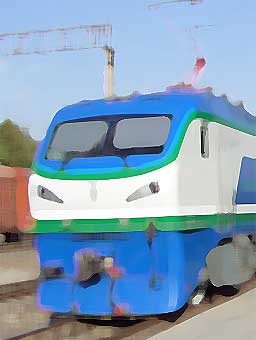The Central Asian Republics inherited fairly extensive and highly integrated transport networks from the USSR, which were built with little regard for their then administrative borders and mostly oriented towards the Russian Federation. There were many examples of railways and roads crossing back and forth over borders in Central Asia. At the same time, their transport links with non-FSU (Former Soviet Union) neighboring countries – such as Afghanistan, China, India, Iran, Pakistan, and Turkey – were poorly developed, with a few direct routes, most of which were in very poor condition.

